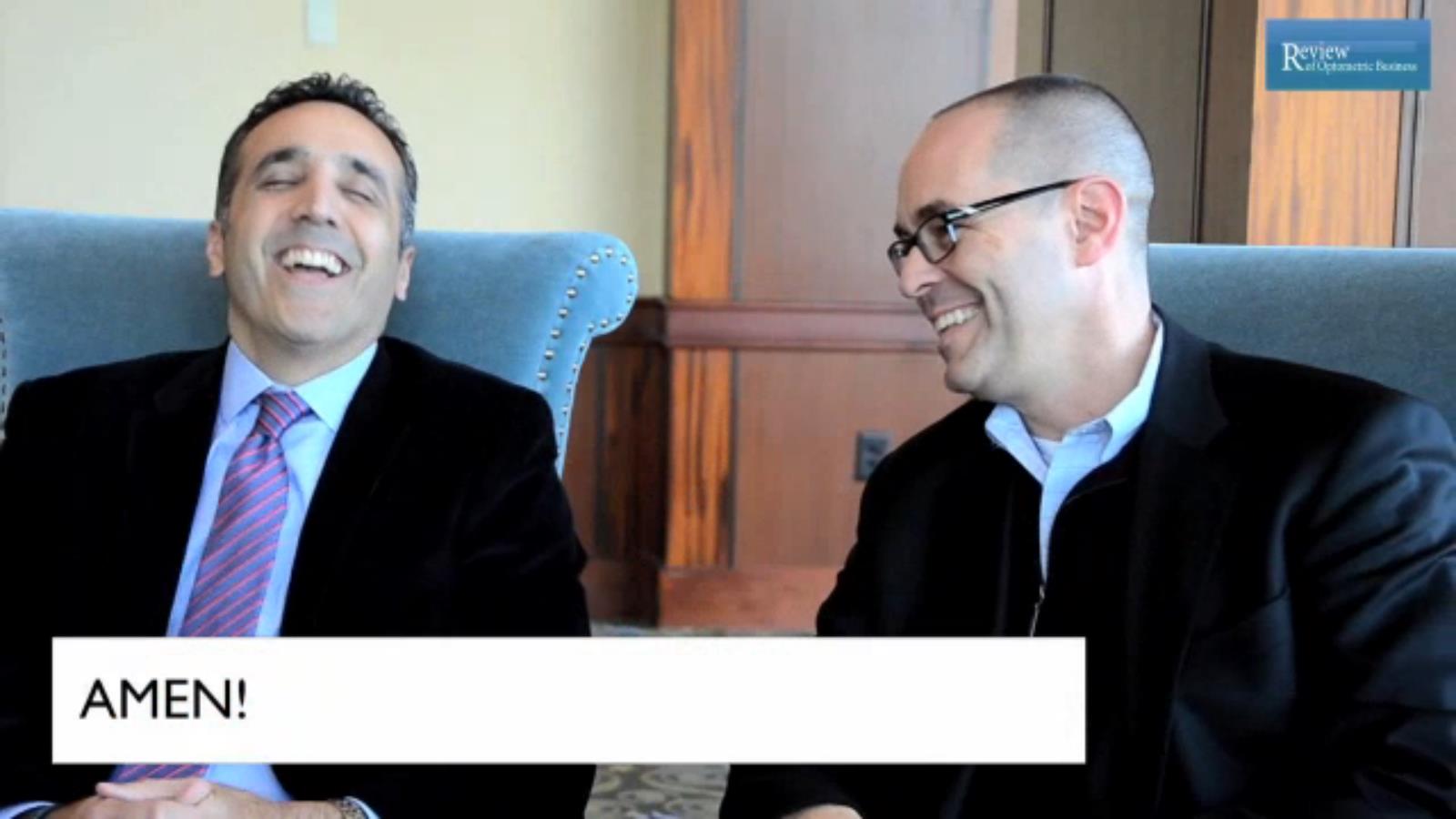I like to talk.
Sometimes I find myself talking about things that nobody cares about but me. It is not unusual for me to be in the middle of a riveting explanation only to realize that friendly face is looking back at me with a completely blank stare.
I am not the only one.
Most optometrists talk too much. We do this out of a desire to better serve our patients in three different ways:
We want them to know everything they “need” to know about their condition.
We want them to know all of the options that can treat this condition.
Most of all, we want them know how smart we are.
What do our patients need to know?
I heard a leadership consultant recently present on being more effective in meetings. My favorite point that he made was to “tell them what they need to know - not everything that you know.” The reason most meetings are unbearable is that we give our report then why we are reporting and how we know the information that is in the report.
Similarly, there is an art to educating your patients without over-educating them. I recommend practicing this art by limiting what you tell them to what they need to know. Then asking if they have questions.
If your patients never have questions, you are over-educating.
Which choice do they “like” best?
Almost every condition comes with treatment options. It is a slippery slope when you start offering your patients all of the available choices to remedy their condition. From vision correction to prescription medications to therapy solutions - it is our job to offer what we derive as a single, best option for this person.
Without getting wrapped up in the difference between “recommending” and “prescribing,” become diligent in offering one best solution for each patient’s unique situation. To make strong choices for your patients, you need to use the clinical findings AND what you know about the patient as a person.
And to know who the patient, you have to LISTEN.
Like us, most patients like talking about themselves.
They don’t like answering a bunch of health questions about every condition ever known, but they do like talking about their lives. They like talking about hobbies, kids, work and sports. Getting a patient to talk about what they love is both easy and gives you a lot of information about how they use their eyes. (It also makes them like you.)
Ask open ended questions about how they spend their day. When they answer, say “Wow, that sounds really neat.” And ask another question. If you will listen instead of thinking about your next question, you will be better able to make strong recommendations before you know it.
Patients know you’re smart, they just want to know you care. You can show them you care by showing that you hear them.
Let us hear from you: How do you make sure your patients know that you are listening to them?




